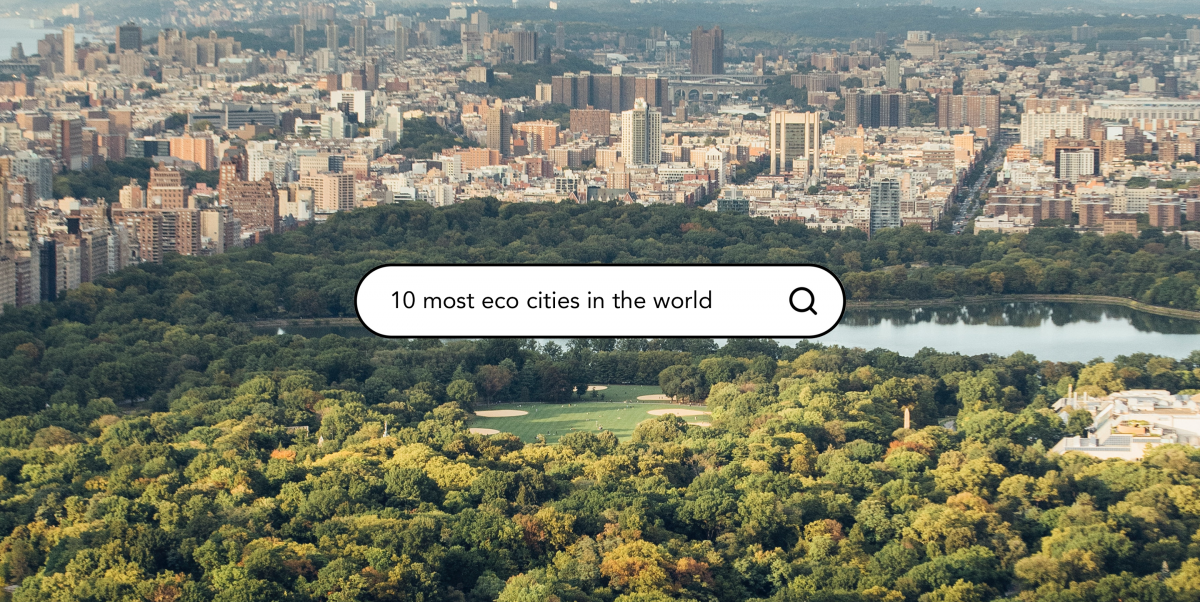With COP26 behind us, there’s no doubt that the climate doomsday clock is getting ever closer to midnight. While the world’s governments struggle to come up with a viable strategy towards reversing catastrophic damage to the planet, various cities have taken the initiative to introduce policies and provide a better environment for its residents, eventually making a strong enough impact to extend these initiatives nationwide.
While no city is perfect – and there remains a long way to go to realise a truly sustainable way of life – these cities show what can be achieved by implementing innovative ‘green’ ideas with the community, something that Hong Kong can definitely learn from. Here are 10 of the most eco-friendly cities around the world:
1. Copenhagen, Denmark

Universally recognised as the most eco-friendly city in the world, Copenhagen really did not do anything out of the box: they changed their diesel buses to electric, encouraged the populace to bike by building bike lanes, and massively invested in clean infrastructure and renewable energy sources.
But it’s their will to follow through with these initiatives that made the difference. And they’re not resting on their laurels. and instead aiming for loftier goals such as becoming the first carbon neutral capital city by 2025 and making a push for organic ingredients. Already a quarter of all food sold in the city is organic.
2. Amsterdam, The Netherlands
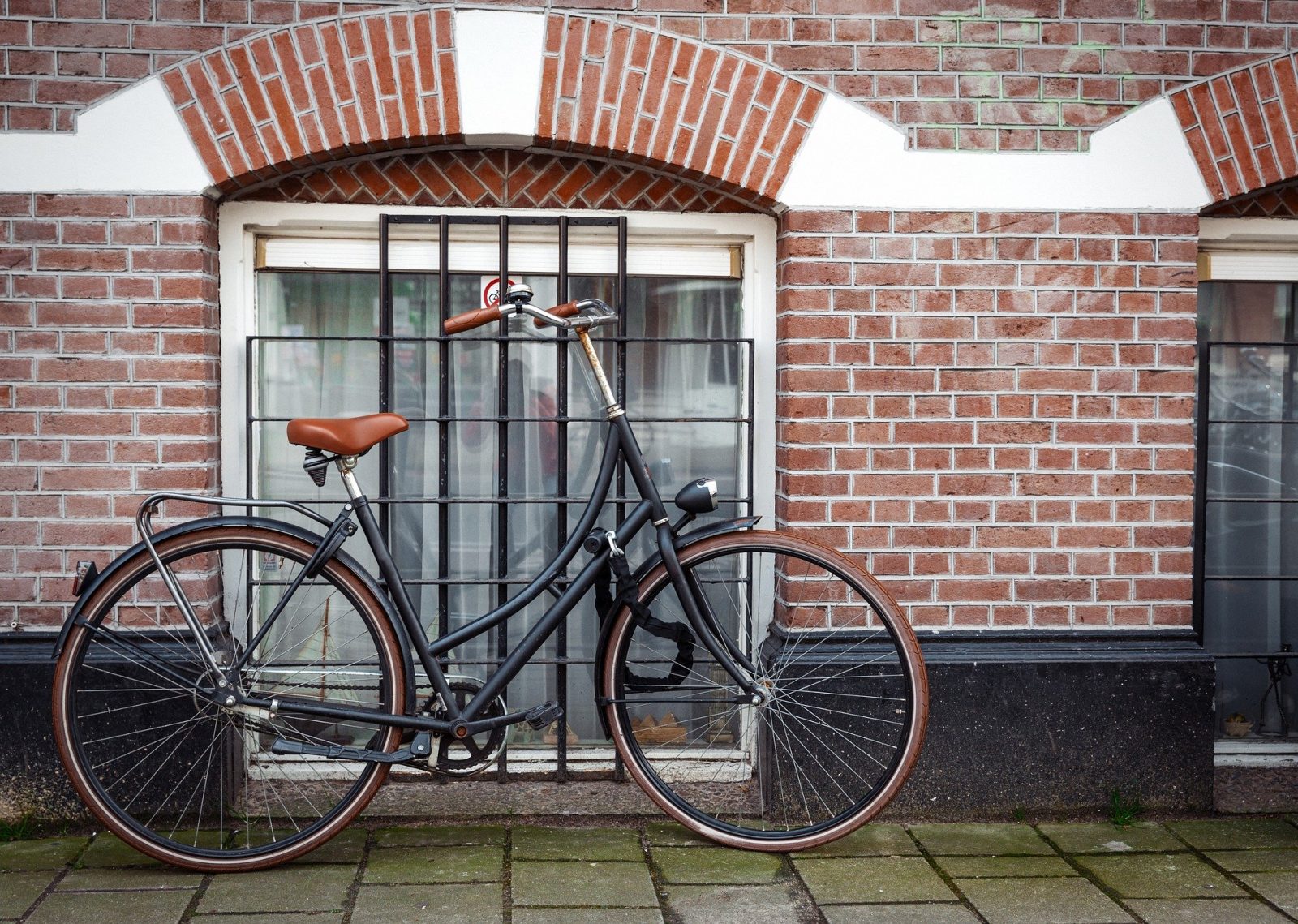
As the most bicycle-friendly capital city in the world, Amsterdam is famously – or infamously – known as having more bikes than people. This has made it their residents’ preferred form of transportation, resulting in reduced carbon emission and pollution, and ultimately healthier people. For those who drive, the Amsterdam government encourages them to go electric by providing over 300 charging stations around the city.
3. Berlin, Germany
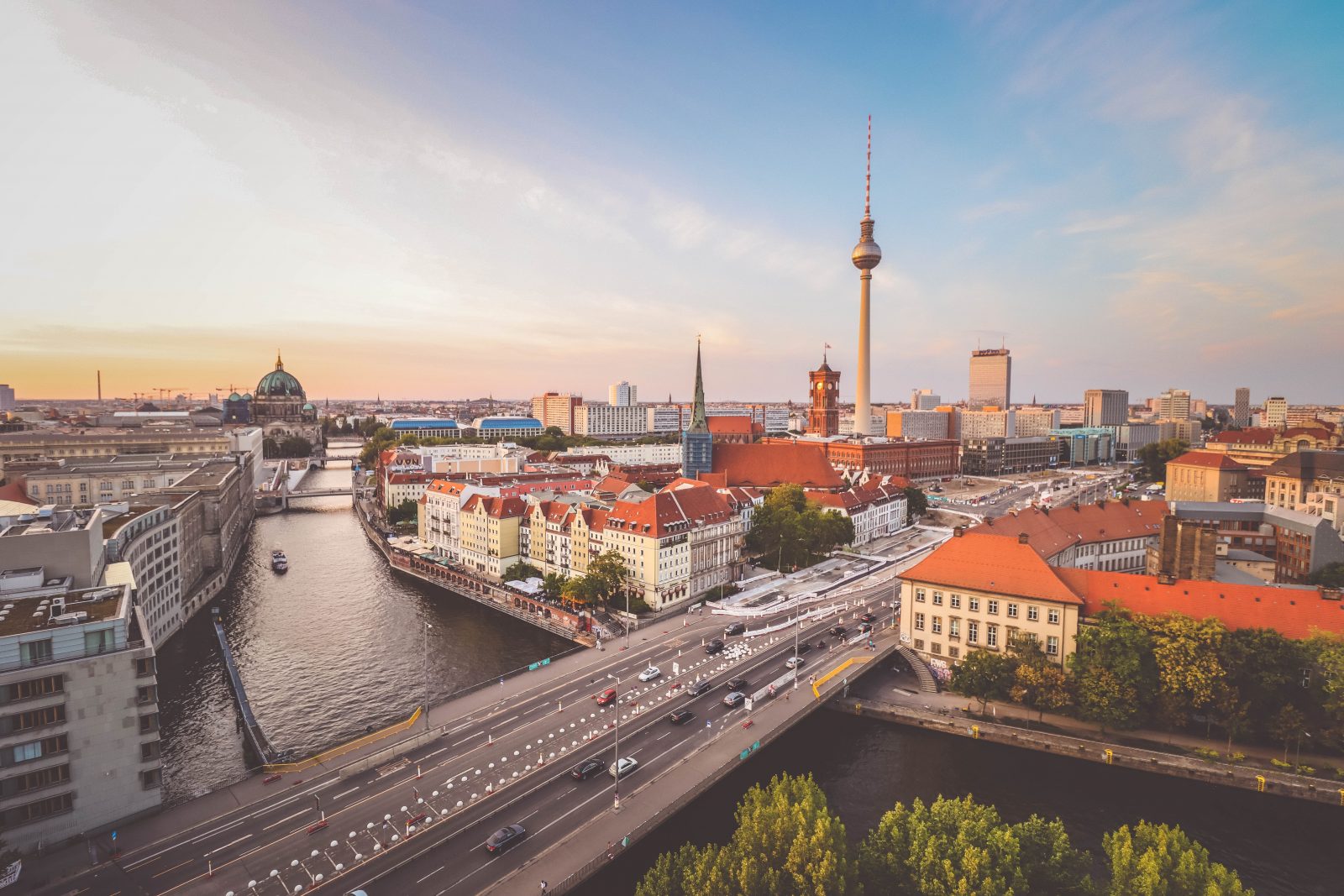
The mention of Berlin usually evokes images of a staid city that’s grey and cold. However, Germany’s largest city is one of the greenest across Europe with a third of its land filled with woodland and green spaces. It has more parks than any other urban area in the continent and has made sure that new developments incorporate greenery into their plans. It has also built up a very efficient public transport system and over 400 charge points to push electric cars. Its residents also have a strong culture of self-reliance that see them making their own clothes or furniture in DIY shops rather than purchasing new ones.
4. Reykjavik, Iceland

One of the cleanest places in the world, Reykjavik, is noted for its geysers and hot springs which they saw fit to harness for power and heating. It’s a highly efficient source of electricity, and more importantly, renewable. Like other cities in this list, Reykjavik’s population is densely packed which allowed the government to promote walking, biking and the use of hydrogen-powered public buses.
It has also implemented additional incentives for its residents to turn to electric cars by offering free parking and lower taxes.
5. Stockholm, Sweden
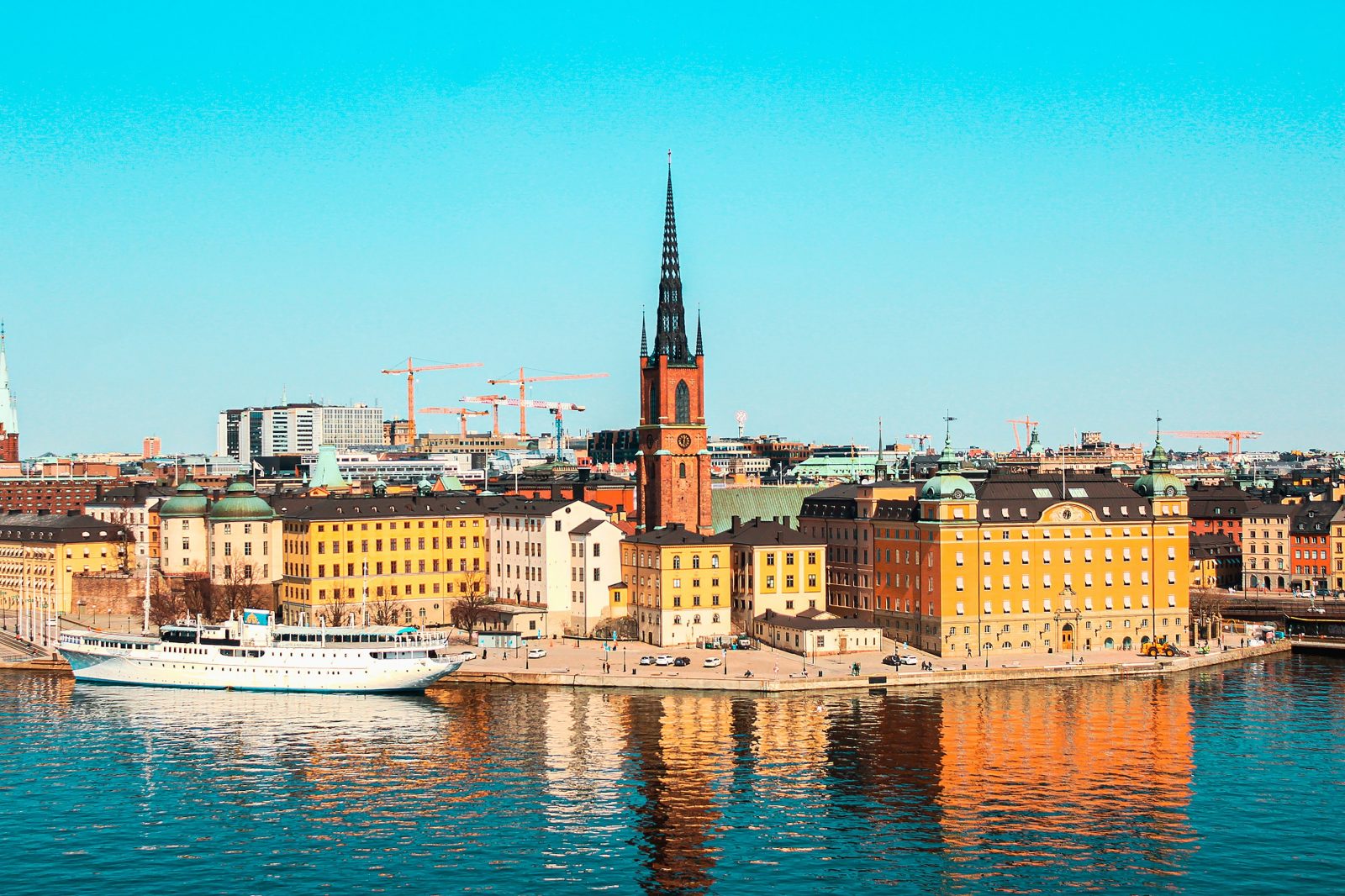
Stockholm keeps its air clean, crisp and clear through the use of biofuel to power their cars. What makes this initiative different from others is they’ve made biofuel available in almost all petrol stations in the city, breaking down the common complaint of accessibility. The local government is so confident in this program that they predict that Stockholm will eliminate the use of fossil fuels by 2040. It is also working closely with the European Union to become a smart city and execute policies that will make Stockholm become carbon neutral by 2045.
6. Cape Town, South Africa

Taking the lead for sustainable living in Africa is Cape Town. Not only has it wisely harnessed solar power for its energy needs (Cape Town enjoys over 3,000 hours of sunshine annually), it has also promoted the building of commercial wind farms. The city aims to have 40% of its energy needs come from renewable sources by 2040. They have also started to encourage the public to adopt a more outdoorsy lifestyle by building bike routes and allowing bikes to be brought on their bus rapid transit services.
7. Vancouver, Canada
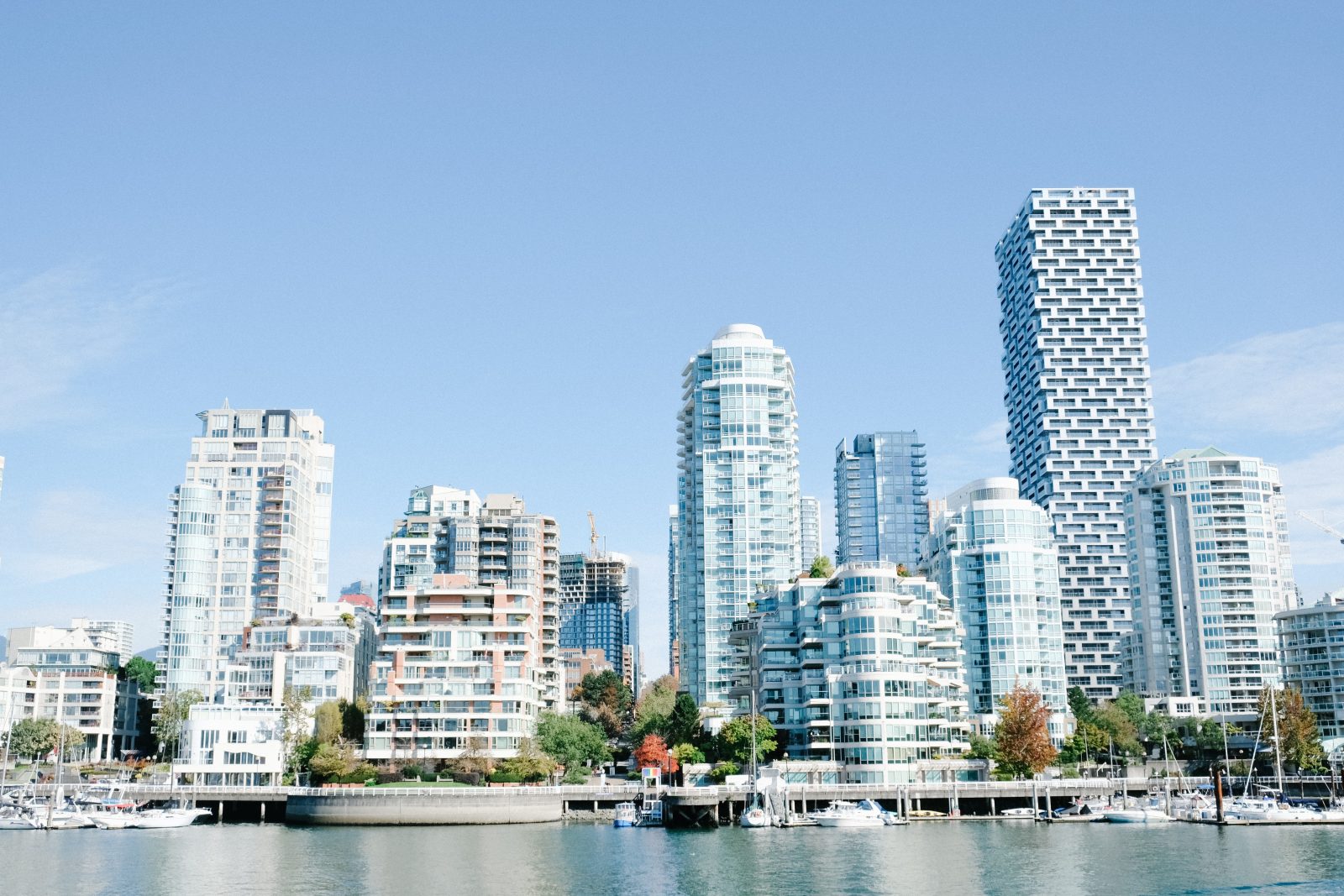
Surrounded by the ocean on one side, mountains on the other and lined with trees in between, Vancouver is arguably one of the most beautiful cities in North America. It’s also one of the most sustainable, boasting the lowest level of greenhouse gas emissions in the continent. The government has also put into place several incentives for clean technology companies to set up in the city and generate ‘green jobs’. Vancouver is also a key proponent of local food production to reduce the carbon footprint generated by food transportation and has set a lofty goal of eliminating wastes by 2040.
8. New York City, USA
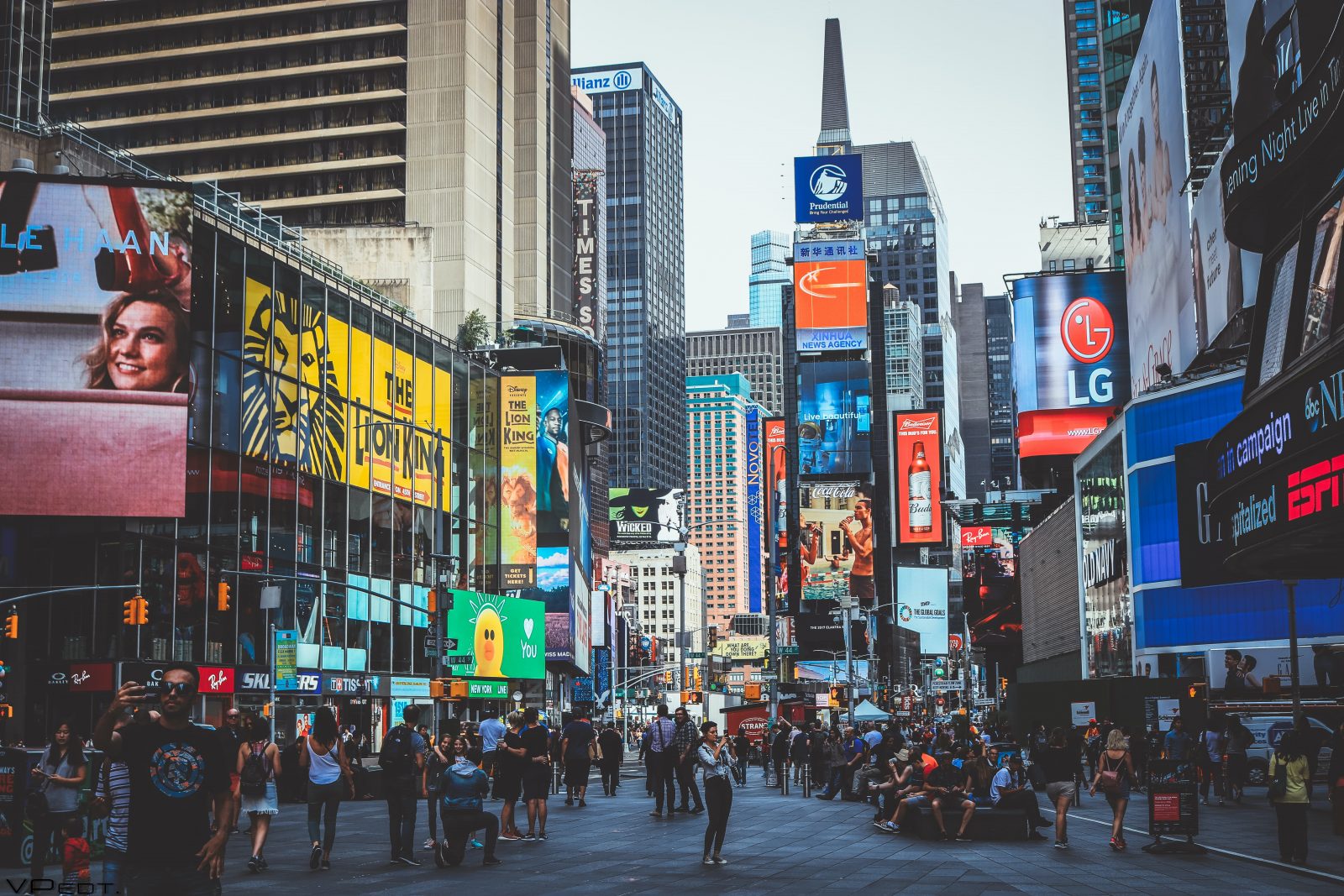
It might be surprising to see New York on this list, but it’s actually one of the most eco-friendly cities in the United States — and a large one at that. Its layout makes it a very walkable urban hub that’s filled with different forms of public transportation options and an extensive network of bike lanes. The Big Apple is also taking the lead in urban gardening, with the government pushing initiatives to encourage residents to utilize rooftops, balconies or their terraces to grow their own vegetables and herbs.
9. Portland, Oregon
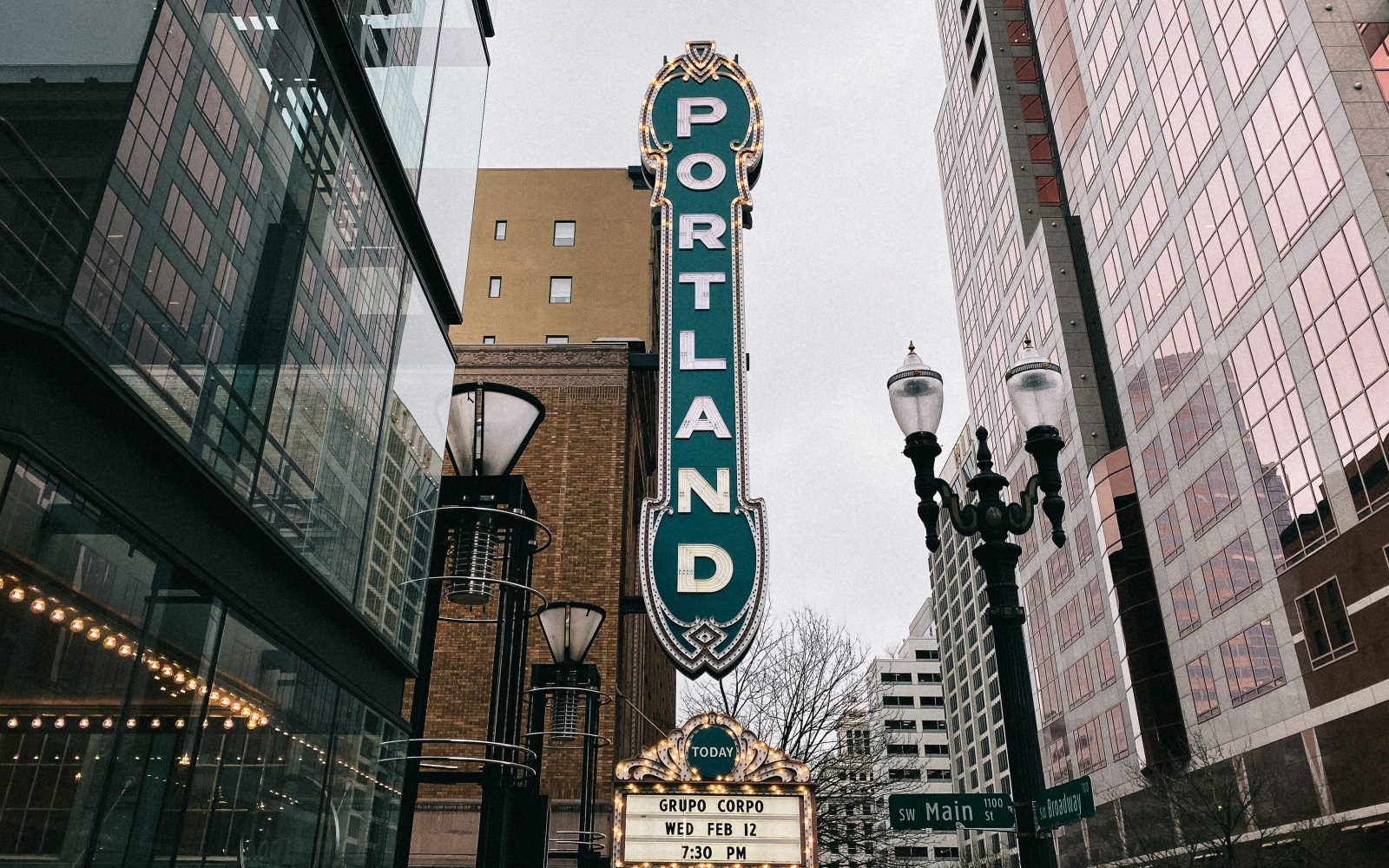
One of the greenest places to live in, Portland has confounded observers by successfully lowering their carbon emission despite an increasing population. It just goes to show that sustainable living is built into the DNA of Stumptown residents. It certainly helps that they have nearly 100,000 acres of green land and 74 miles of hiking and running trails at their beck and call. Want further proof? How about the fact that a quarter of their population commute to work via carpooling, biking or taking public transport?
10. Singapore
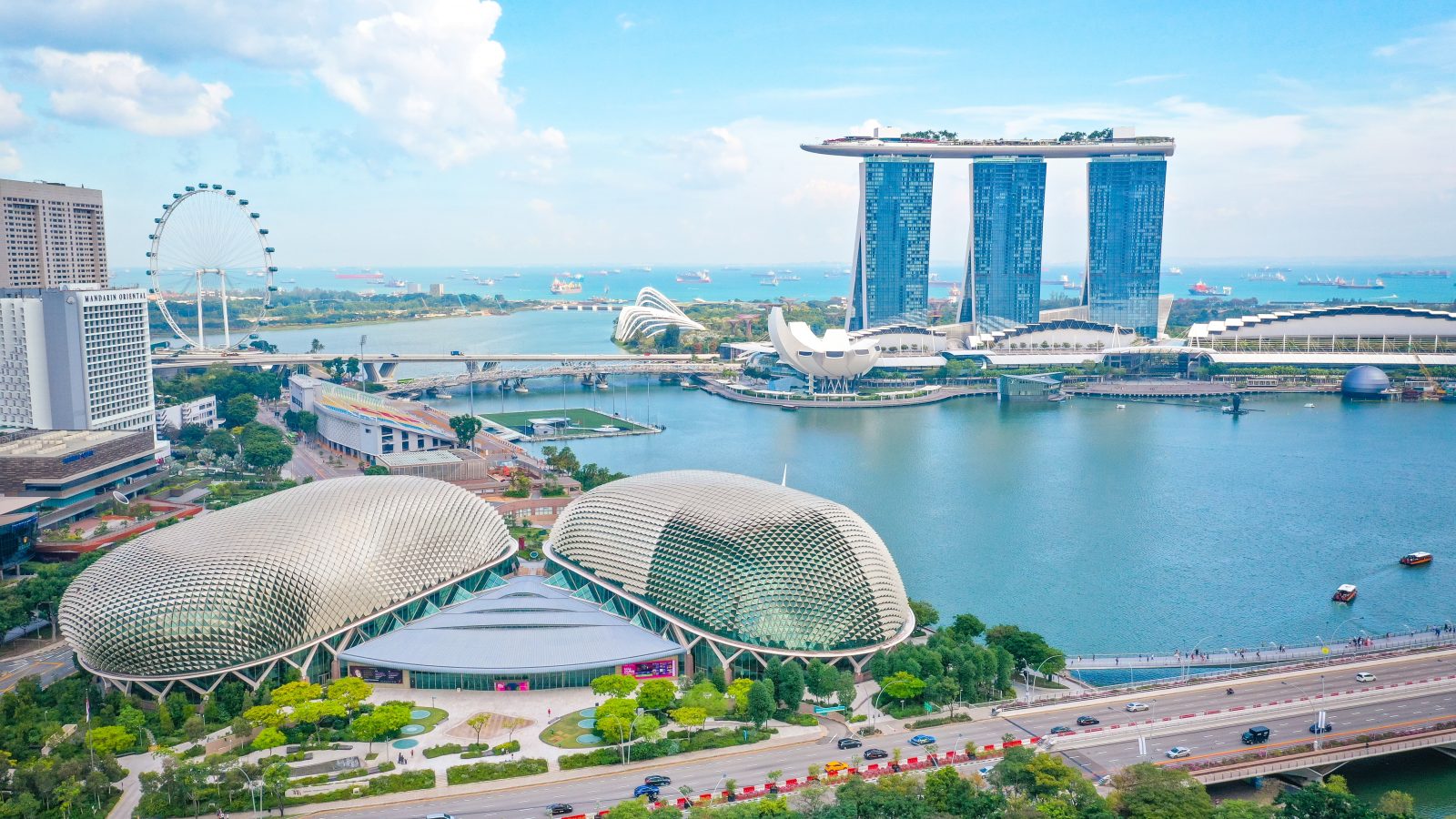
Singapore, with its majestic botanical parks and tree-lined streets across the city-state, is acknowledged “Asia’s Greenest City” which will no doubt further stoke its rivalry with Hong Kong. It’s also going further than this traditional criteria of “green” by mandating that 80% of their building be ‘green’ by 2030. This means using solar panels, creating indoor spaces that employ natural ventilation and lighting, and utilizing sustainable construction materials, among other things.
Another thing to note is given its limited supply of natural resources, Singapore has been forced to become more innovative to answer the needs of its residents. Proof of this is the fact that 40% of their current water supply comes from reused water that’s treated and purified.
Sign up for the 8Shades weekly newsletter to get our top stories in your inbox!
See also: Hong Kong’s Best Eco Cocktails To Celebrate The End of 2021
